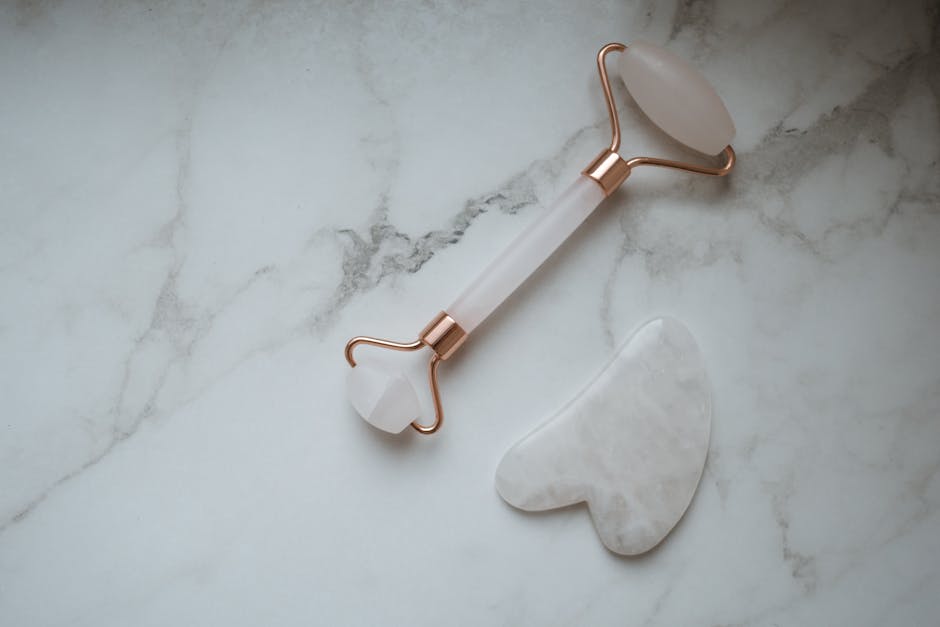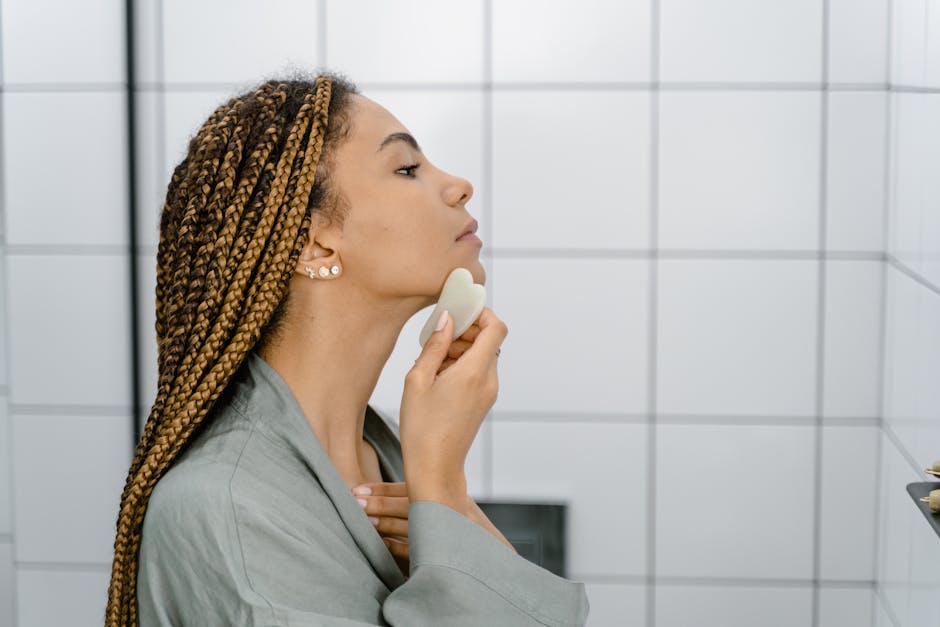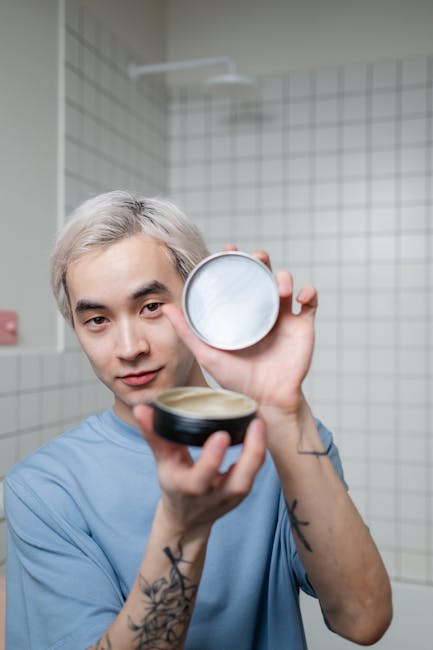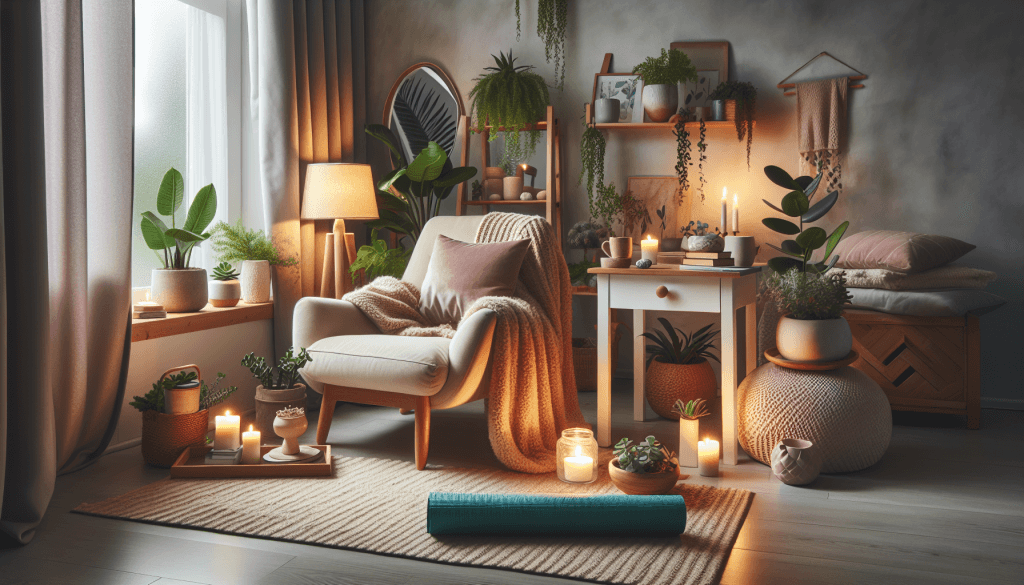Creating a self-care space at home can be a game-changer for your mental and emotional well-being. Imagine having a cozy nook where you can unwind, recharge, and escape the hustle and bustle of daily life. This isn’t just about aesthetics; it’s about creating a sanctuary that nurtures your soul. Keep reading to discover how a self-care space can transform your life and learn practical tips to create your own haven.
Key Takeaways
- A self-care space is a personal sanctuary for relaxation and rejuvenation.
- It promotes mental well-being and reduces stress.
- Thoughtful design elements enhance the tranquility of the space.
- Consistent use of a self-care space encourages regular self-care practices.
Introduction to Self-care Spaces
Definition of a Self-care Space
A self-care space is a dedicated area in your home designed for relaxation and self-reflection. It’s a place where you can engage in activities that bring you joy and peace, whether that’s reading, meditating, or simply sitting in silence. This space is all about you and what makes you feel good.
Importance of Self-care in Daily Life
In our fast-paced world, self-care often takes a backseat. Yet, it’s crucial for maintaining balance and preventing burnout. A self-care space serves as a gentle reminder to prioritize your well-being. It’s a physical manifestation of your commitment to taking care of yourself. Learn more about the importance of self-care.

Mental Well-being and Stress Reduction
Promoting Mental Well-being
Alleviating Symptoms of Anxiety
A self-care space can be a powerful tool in managing anxiety. By providing a safe and calming environment, it helps alleviate symptoms and offers a retreat from stressors. Imagine sinking into a plush chair, surrounded by soft lighting and soothing sounds. It’s like a warm hug for your mind.
Reducing Depression
Creating a self-care space can also help reduce feelings of depression. It encourages you to engage in activities that lift your spirits and provide a sense of purpose. Whether it’s journaling, painting, or practicing mindfulness, having a dedicated space makes it easier to incorporate these activities into your routine.
Stress Reduction Benefits
Stress is a common part of life, but it doesn’t have to overwhelm you. A self-care space offers a sanctuary where you can decompress and recharge. It’s a place to breathe deeply, let go of tension, and find your center. Explore more about creating a calming self-care space at home.

Designing an Effective Self-care Space
Choosing the Right Location
The location of your self-care space is key. Look for a quiet corner or a room with minimal distractions. It should be a place where you feel comfortable and at ease. Consider factors like natural light, noise levels, and privacy when selecting your spot.
Experimenting with Lighting
Impact on Mood
Lighting plays a significant role in setting the mood of your self-care space. Soft, warm lighting can create a cozy and inviting atmosphere, while bright, harsh lights may feel jarring. Experiment with different lighting options to find what works best for you.
Types of Lighting to Consider
Consider using a mix of lighting sources, such as lamps, candles, and fairy lights. Each type of lighting can add a unique touch to your space and enhance its overall ambiance. Discover more about the benefits of creating a dedicated self-care space at home.

Elements of a Tranquil Environment
Incorporating Plants
Benefits of Houseplants
Houseplants are a fantastic addition to any self-care space. They not only purify the air but also bring a touch of nature indoors. Studies have shown that being around plants can reduce stress and improve mood. Plus, they’re a beautiful and low-maintenance way to enhance your space.
Enhancing Tranquility
Plants can transform your self-care space into a tranquil oasis. Choose varieties that are easy to care for, such as succulents or peace lilies. Arrange them in clusters or hang them from the ceiling to create a lush, green retreat. Learn more about the benefits of adding plants to your self-care routine.
Grounding Color Palette
Creating a Serene Atmosphere
The colors you choose for your self-care space can have a profound impact on your mood. Soft, muted tones like blues, greens, and neutrals are known for their calming effects. These colors can help create a serene atmosphere that encourages relaxation and introspection.
Color Psychology
Color psychology is the study of how colors affect our emotions and behavior. By understanding the psychological effects of different colors, you can choose a palette that supports your self-care goals. For example, blue is often associated with calmness and tranquility, while green is linked to renewal and growth.

Furniture and Decor Choices
Fluid Shapes for Harmony
When selecting furniture for your self-care space, consider pieces with fluid, organic shapes. These can create a sense of harmony and flow, making the space feel more inviting. Think of a cozy armchair with soft curves or a round coffee table that encourages conversation and connection.
Natural Elements as Decor
Health Benefits
Incorporating natural elements into your decor can have numerous health benefits. Materials like wood, stone, and bamboo can help create a grounding and soothing environment. They also add a touch of warmth and texture to your space.
Aesthetic Appeal
Natural elements are not only beneficial for your well-being but also add aesthetic appeal to your self-care space. They bring a sense of balance and harmony, making the space feel more cohesive and inviting. Explore the importance of maintaining a clean and clutter-free living space.
Consistency in Self-care Routines
Encouraging Regular Practice
Having a dedicated self-care space encourages you to make self-care a regular part of your routine. It’s a visual reminder to take time for yourself and engage in activities that nourish your mind, body, and soul. Consistency is key to reaping the full benefits of self-care.
Long-term Benefits of a Dedicated Space
A self-care space is an investment in your long-term well-being. By creating a sanctuary that supports your self-care practices, you’re setting the stage for a healthier, happier life. Over time, you’ll notice improvements in your mental and emotional health, as well as your overall quality of life.

Conclusion
Recap of Advantages
Creating a self-care space at home offers numerous advantages. It promotes mental well-being, reduces stress, and encourages regular self-care practices. Thoughtful design elements, such as lighting, plants, and natural decor, enhance the tranquility of the space.
Encouragement to Create a Personal Self-care Space
Now that you know the benefits of a self-care space, it’s time to create your own. Start by choosing a location, experimenting with lighting, and incorporating elements that bring you joy. Remember, this space is all about you and what makes you feel good. Embrace the opportunity to nurture your well-being and create a sanctuary that supports your self-care journey.
Discover the Benefits: FAQ on Creating a Self-care Space at Home
What is a self-care space and why is it important?
A self-care space is a dedicated area in your home designed to promote relaxation and well-being. It’s important because it provides a sanctuary where you can unwind, recharge, and focus on your mental and physical health, away from daily stressors.
How can a self-care space improve mental health?
A self-care space can improve mental health by offering a peaceful environment where you can practice mindfulness, meditation, or simply relax. This can help reduce stress, anxiety, and depression, leading to a more balanced and positive mindset.
What are the physical benefits of having a self-care space?
Physically, a self-care space encourages activities like yoga, stretching, or even just resting, which can improve flexibility, reduce tension, and enhance overall physical well-being. It also promotes better sleep and energy levels by providing a calming retreat.
Can a self-care space enhance productivity?
Yes, by providing a place to decompress and clear your mind, a self-care space can enhance productivity. Taking regular breaks in a calming environment can lead to improved focus and creativity when you return to work or other tasks.
What elements should be included in a self-care space?
Key elements might include comfortable seating, calming colors, soft lighting, and items that promote relaxation such as candles, plants, or soothing music. Personal touches that make you feel at ease are also important.
How can I create a self-care space in a small home?
In a small home, you can create a self-care space by utilizing corners or nooks, using multi-functional furniture, and incorporating vertical storage. Even a small area can become a sanctuary with thoughtful design and personal touches.
Is it expensive to set up a self-care space?
Setting up a self-care space doesn’t have to be expensive. You can repurpose items you already own, DIY decor, and gradually add elements as your budget allows. The focus should be on creating a space that feels personal and calming.
How often should I use my self-care space?
Ideally, you should use your self-care space regularly, even daily, to maintain your well-being. Whether it’s a few minutes of meditation or a longer relaxation session, consistency is key to reaping the benefits.
Can a self-care space be shared with others?
Yes, a self-care space can be shared, but it’s important to set boundaries and ensure that it remains a peaceful and personal area for everyone involved. Communication and respect for each other’s needs are essential.
What are some activities I can do in my self-care space?
Activities can range from meditation, journaling, and reading to practicing yoga or simply enjoying a cup of tea. The key is to engage in activities that help you relax and rejuvenate.



